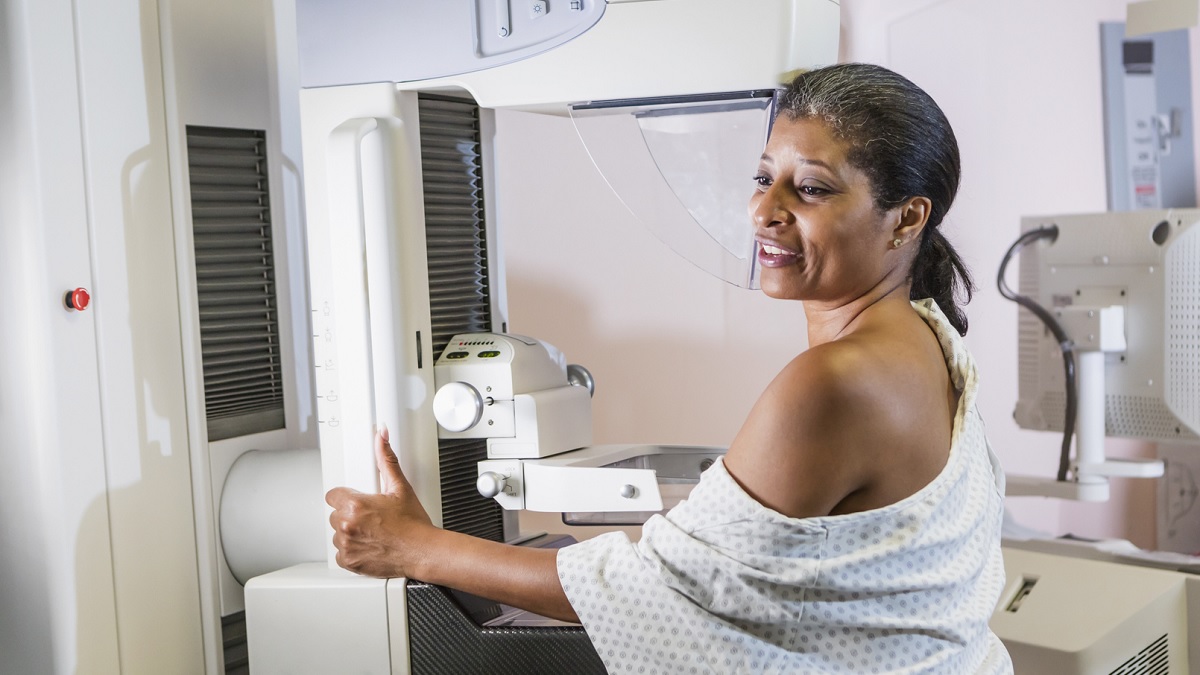
Screening tests can find breast, cervical, and colorectal cancers early. Lung cancer screening is recommended for some people who are at high risk.
CDC supports screening for breast, cervical, colorectal (colon), and lung cancers as recommended by the US Preventive Services Task Force (USPSTF).
Screening means checking your body for cancer before you have symptoms. Getting screening tests regularly may find breast, cervical, and colorectal (colon) cancers early, when treatment is likely to work best. Lung cancer screening is recommended for some people who are at high risk.
In this video, Dr. Lisa Richardson, Dr. Robert W. Carlson, and Dr. Laura Makaroff talk about the importance of routine cancer screenings.
Mammograms are the best way to find breast cancer early, when it is easier to treat and before it is big enough to feel or cause symptoms.

The Pap test can find abnormal cells in the cervix which may turn into cancer. The HPV test looks for the virus (human papillomavirus) that can cause these cell changes. Pap tests also can find cervical cancer early, when the chance of being cured is very high.
Colorectal cancer almost always develops from precancerous polyps (abnormal growths) in the colon or rectum. Screening tests can find precancerous polyps, so they can be removed before they turn into cancer. Screening tests also can find colorectal cancer early, when treatment works best.
The USPSTF recommends yearly lung cancer screening with low-dose computed tomography (LDCT) for people who:
Screening for ovarian, pancreatic, prostate, testicular, and thyroid cancers has not been shown to reduce deaths from those cancers. The USPSTF found too little evidence to assess the balance of benefits and harms of screening for bladder cancer and oral cancer in adults without symptoms, and of visual skin exams by a doctor to screen for skin cancer in adults.